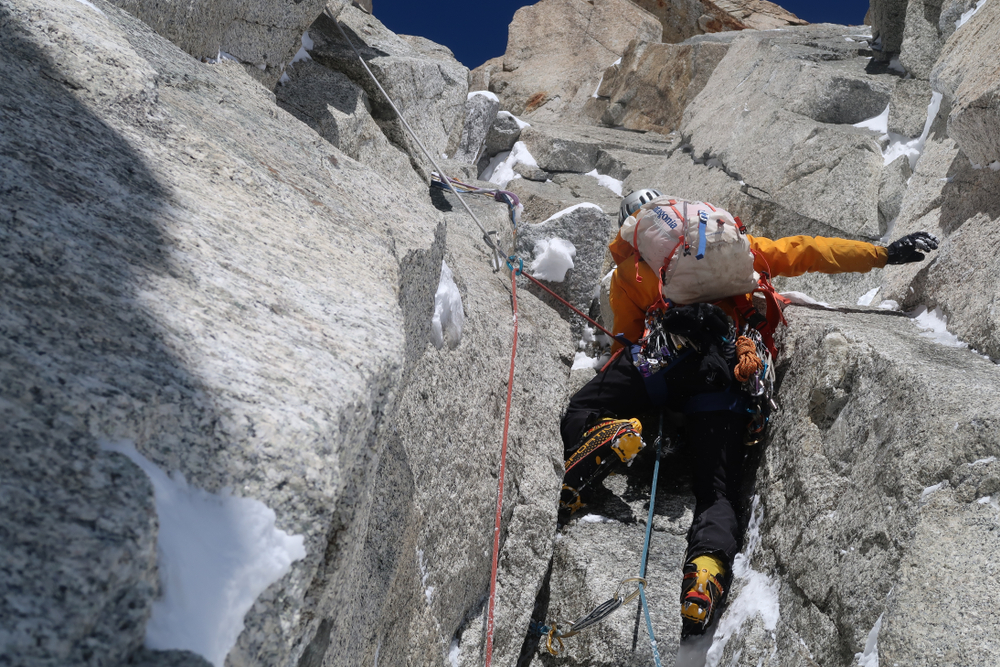Discovering the Mysteries of Dark Tourism: A Deeper Dive into the Unconventional
Dark Tourism, the practice of visiting sites associated with death, disaster, or the macabre, is an unconventional travel trend gaining momentum. This article delves into the intriguing world of dark tourism, exploring its historical context, current trends, its impact, and the practical considerations that come into play while embarking on such a journey.

The Birth of Dark Tourism
The roots of dark tourism stretch back centuries, with pilgrims traveling to catacombs and battlefields. However, the term itself was coined in the late 1990s by scholars Lennon and Foley. They observed a growing interest in visiting sites associated with tragedy and hardship, leading to an entirely new subset of the tourism industry. Despite its seemingly grim nature, dark tourism provides a platform for understanding and empathizing with the darker chapters of human history.
Current Trends in Dark Tourism
Today, dark tourism has evolved into a sophisticated industry, with travelers seeking meaningful yet unconventional experiences. From the eerie ruins of Chernobyl to the somber halls of Auschwitz, these sites offer a tangible connection to past events, allowing visitors to confront historical realities head-on. The rise of social media has also influenced this trend, with many sharing their experiences and reflections online.
The Impact of Dark Tourism
Dark tourism is not without its challenges. Critics argue that it risks trivializing tragedy and commodifying suffering. Yet, proponents claim it serves an educational purpose, fostering empathy, and awareness. It’s a delicate balance between respecting history and catering to tourism demands. However, when done responsibly, dark tourism can provide a profound, eye-opening experience.
Practical Considerations
Planning a dark tourism trip requires careful consideration and respect. Research is paramount - understand the historical context, local customs, and etiquettes. It’s essential to remember that these are sites of significance and sorrow, demanding a level of decorum.
Dark Tourism Trivia
-
The Aokigahara Forest in Japan, known as the “Suicide Forest”, is one of the most visited dark tourism sites.
-
The Catacombs of Paris house the remains of over six million people.
-
Pripyat, the ghost town near Chernobyl, attracts thousands of visitors each year.
Dark tourism is a complex yet fascinating realm, offering a stark contrast to the conventional holiday experience. Its growth signifies a shift in travel preferences, with an increasing number of travelers seeking depth and meaningful engagement with history over mere escapism. As we delve into the darker aspects of our past, we gain a better understanding of humanity’s resilience and our capacity for growth and change.





